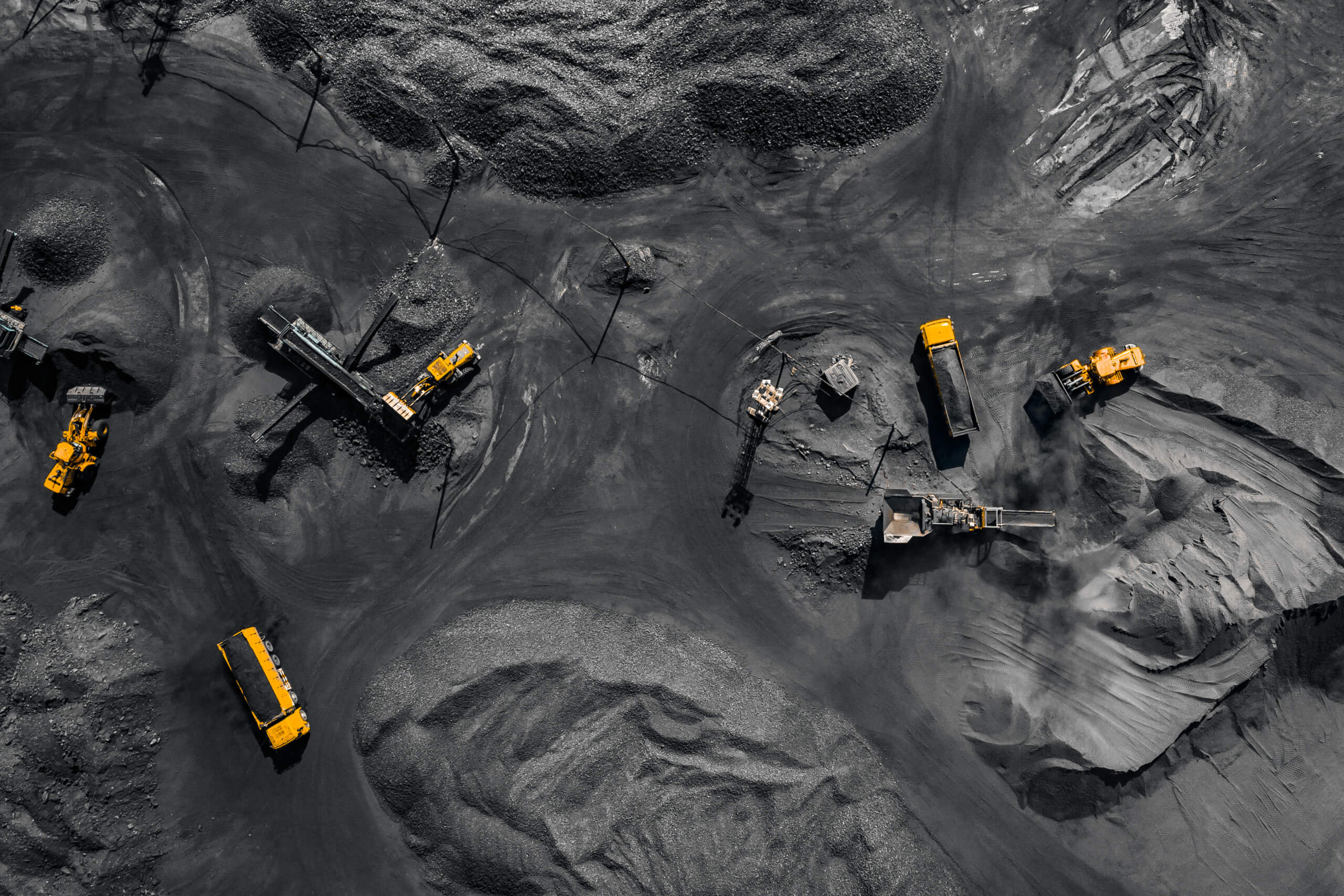 In the world of mining, companies face pivotal decisions that significantly impact their efficiency and financial well-being. One of the most strategic choices involves the management of mining equipment: should a company own its machinery, or is outsourcing a better route? This isn’t just about balancing the books—it’s a profound decision that influences operational flexibility, scalability, and technological capability.
In the world of mining, companies face pivotal decisions that significantly impact their efficiency and financial well-being. One of the most strategic choices involves the management of mining equipment: should a company own its machinery, or is outsourcing a better route? This isn’t just about balancing the books—it’s a profound decision that influences operational flexibility, scalability, and technological capability.
Reflecting on the industry’s scale, the global mining equipment market was valued at around $121 billion in 2019, with projections suggesting it could rise to $165 billion by 2027, growing at a compound annual growth rate (CAGR) of approximately 5.7%. Such growth underscores not only the vast capital investments but also the critical nature of equipment strategies in adapting to market demands. Recent studies have shown that up to 30% of mining firms are pivoting towards models that favor lower initial investments, like equipment outsourcing or leasing, highlighting a shift in strategic financial management to enhance operational adaptability.
The journey of a mining project from its conceptual phase through various feasibility assessments, such as Preliminary Economic Assessments (PEA) and Pre-Feasibility Studies (PFS), is critical. It is during these stages that the foundation for future operational strategies, including equipment management, is laid. Deciding whether to own or outsource equipment during these phases can significantly impact the financial and operational flexibility of the project.
As an experienced mining engineer who has seen the cycles of booms and busts in the industry, I can affirm that equipment management decisions significantly shape a mining operation’s trajectory. These choices are deeply strategic, balancing the immediate needs with the long-term vision of the enterprise.
Owning Mining Equipment. Use cases
In the theater of mining, where strategic decisions shape the very foundation of operational success, the choice to own equipment is akin to setting the stage for a long-running play. Let’s journey through a series of illustrative scenarios involving fictitious companies, each engineered to illuminate the complexities and nuances of owning versus outsourcing mining equipment.
Apex Miners – Control and Independence: Apex Miners operates in the Northern Canadian territories, where mining conditions are notoriously unpredictable due to extreme weather and remote locations. By owning their fleet of high-capacity excavators and haul trucks, Apex can immediately redirect resources in response to new ore discoveries or shifting market demands. For instance, when a significant vein of nickel was unexpectedly uncovered in one of their least productive sites, having immediate access to their own equipment allowed them to capitalize on this find without delay. This kind of responsiveness is crucial in regions where mining windows are limited by environmental conditions, proving that ownership can significantly enhance operational agility.
Northern Dig – Economic Efficiency: Northern Dig invested in a fleet of ultra-class dump trucks, each with a capacity exceeding 300 tons, ideal for their extensive coal mining operations in Wyoming. The scale of their operations means that any equipment downtime significantly affects output and revenue. By owning their trucks, Northern Dig was able to implement a rigorous preventive maintenance schedule, tailored exactly to the manufacturer’s specifications and their intense usage patterns. Over a decade, this strategic approach to maintenance not only extended the life of their trucks but also reduced their overall production costs by minimizing unexpected breakdowns—a key factor in maintaining profitability in the commodity-sensitive coal market.
Summit Extracts – Resale Value: Summit Extracts operates in the competitive gold mining sector in Nevada. The company strategically times the resale of their drilling rigs and earth movers to coincide with market peaks in equipment demand, often linked to rising gold prices. By maintaining their equipment in peak condition and leveraging these cycles, Summit Extracts successfully recoups up to 50% of their initial equipment investment. The funds garnered from these sales are reinvested into next-generation technology, such as automated drilling rigs, which reduce manpower costs and boost drilling accuracy. This cyclical reinvestment strategy ensures that Summit remains at the forefront of mining technology, enhancing their operational efficiency and competitive edge in the market.
Boulder Breakers – Capital Intensity: As a startup focused on lithium mining in the Nevada desert, Boulder Breakers faced significant initial investment challenges. The cost of lithium mining equipment, particularly specialized chemical extraction units necessary for processing ore into a sellable state, ranges in the millions. Boulder initially struggled with financing these purchases, which impeded their ability to invest in other critical areas such as site development and safety infrastructure. To overcome these challenges, Boulder Breakers eventually partnered with a venture capital firm that specializes in green technologies, highlighting the importance of strategic financing in overcoming initial capital barriers.
Granite Gear – Maintenance and Downtime Costs: Granite Gear, operating in the granite quarries of Vermont, learned hard lessons about the importance of maintenance. Initially, the company underestimated the ongoing costs associated with maintaining their fleet of stone-cutting equipment. Frequent blade replacements and hydraulic system failures led to significant downtime. By establishing a dedicated maintenance team and adopting a more proactive maintenance schedule, Granite Gear managed to reduce their downtime by 30%, significantly boosting their operational uptime and profitability.
Old Tech Mining Corp. – Risk of Technological Obsolescence: Located in the iron-rich belts of Western Australia, Old Tech Mining Corp. initially invested heavily in what was then cutting-edge magnetic separation technology. However, as newer, more efficient technologies emerged, their older systems became less competitive, consuming more energy and yielding lower ore quality. To mitigate this, Old Tech had to phase out their older systems ahead of schedule and invest in newer, more efficient technologies, underscoring the critical need for strategic planning in technology investments in the mining sector.

Outsourcing mining equipment. Use cases
Dynamic Drilling Inc. – Flexible Fleet Operations: Dynamic Drilling Inc. specializes in mineral exploration across volatile terrains of the Andes, where access routes and weather conditions can change rapidly. By outsourcing their drilling equipment, they maintain an operational fleet size that flexibly scales according to project demand. For instance, during a peak exploration season last year, Dynamic Drilling needed to double their drilling capacity swiftly to capitalize on a narrow window of favorable weather. Their outsourcing partner was able to provide ten additional state-of-the-art drills within 48 hours, enhancing the company’s response time and operational flexibility. This agility resulted in a 20% increase in resource identification, directly boosting project ROI by approximately 15% over the previous fiscal quarter.
Silver Stream Mining – Access to Advanced Technology: Silver Stream Mining operates in a niche market where they extract rare earth minerals, which require precise and advanced extraction techniques. Outsourcing their equipment allows them to use the latest technology, such as enhanced gravity separators and high-efficiency flotation units, without the prohibitive costs of ownership. Last year, by employing outsourced, high-performance centrifuges, Silver Stream increased their extraction efficiency by 25%, leading to a reduction in operational costs by $500,000 annually and an increase in output quality, thereby fetching higher market prices.
Copper Crest Ltd. – Dependency and Delays: Copper Crest Ltd., a mid-sized copper miner, faced significant operational disruption when their outsourced fleet of haul trucks was delayed due to logistical failures from the equipment provider. The expected delivery time was three weeks; however, it extended to six weeks, resulting in a production delay that cost the company an estimated loss of $2 million in potential revenue. This incident not only delayed their immediate copper output but also impacted their stock prices by a 5% drop during the delay period, underscoring the financial and reputational risks associated with dependency on third-party equipment providers.
Alloy Extracts Co. – Quality and Maintenance Issues: Alloy Extracts Co. leased a fleet of excavators and loaders for an expansion project aimed at increasing their bauxite output. Unfortunately, the equipment arrived with undisclosed maintenance issues, which were not immediately evident. The breakdowns became frequent within the first month of operation, leading to an unplanned downtime of 120 hours over a quarter, which equated to a 10% dip in production. The repair costs and lost productivity resulted in a financial impact of approximately $300,000. This case illustrates the critical need for thorough pre-delivery inspections and strong contractual agreements that enforce maintenance standards and provide recourse for equipment failures.

Evaluating Equipment Management
When mining companies face the decision of whether to own or outsource their heavy machinery, it’s not just about immediate costs or benefits. This choice must be supported by a robust framework that takes into account financial analyses, risk assessments, and strategic compatibility with long-term business objectives. Here’s how scientific research and strategic frameworks provide a multifaceted approach to this decision-making process.
Cost-benefit analysis is often the first step in determining the viability of owning versus outsourcing mining equipment. Studies typically look at the total cost of ownership, which includes the initial purchase price, ongoing maintenance costs, and the potential resale value of the equipment. For instance, research might show that while the initial cost of purchasing a dump truck could be high, significant long-term savings can be realized due to lower operational costs and depreciation benefits. Conversely, leasing equipment can reduce capital expenditure, offering flexibility to invest in other areas of the business. However, the long-term rental fees might exceed the cost of owning the equipment, especially if the mining operations are expected to last beyond the break-even point of ownership versus leasing costs.
Risk Assessment Models Risk plays a pivotal role in the equipment management strategy. Advanced risk assessment models help quantify the potential costs associated with different scenarios, such as equipment failure rates or the pace of technological obsolescence. For example, if a particular type of mining technology is evolving rapidly, owning equipment could pose a high risk of obsolescence, making outsourcing a safer, more cost-effective option.
Operational Flexibility and Strategic Fit of the equipment management decision with the company’s operational model and market conditions is crucial. The Make-or-Buy decision framework can guide companies to analyze whether the control and independence of owning equipment align with their operational needs or if the flexibility of outsourcing offers a competitive advantage in a rapidly changing market.
For companies operating in highly volatile markets, where commodity prices frequently fluctuate, the ability to scale operations up or down without the constraints of owned equipment can be particularly valuable. This operational flexibility allows companies to respond swiftly to market conditions without the financial burden of idle equipment.
Insights from Academic Research with practical applications provide valuable insights for mining companies. For example, a study might use data analytics to compare downtime and maintenance costs of owned versus leased equipment across different mining sites, providing empirical evidence to support strategic decisions.
Furthermore, academic conferences and journals often feature case studies from mining companies that have successfully integrated these scientific models into their strategic planning. These real-world examples not only validate the research but also provide actionable insights that other companies can adapt to their contexts.
Concluding Insights
Opt for Outsourcing When
- Rapid Scalability is Required: If your project demands the ability to quickly scale operations up or down in response to geological discoveries or market conditions, outsourcing offers the necessary flexibility without the long-term financial commitment.
- Technological Advancements are Critical: In mining sectors where keeping pace with technological innovations is crucial, outsourcing allows access to the latest equipment without the risks associated with obsolescence. This is particularly beneficial for operations that rely on high-tech processing and extraction methods.
- Capital Conservation is Essential: For startups or projects in their initial phases, minimizing upfront capital expenditures is crucial. Outsourcing equipment can divert funds towards crucial operational areas like exploration and site development, ensuring financial fluidity during critical growth stages.
Choose Ownership When
- Extended Project Duration with High Usage: For long-term projects where equipment utilization is consistent and predictable, owning can lead to significant cost savings over time. Ownership eliminates ongoing leasing costs and can also provide tax benefits through depreciation.
- Complete Operational Control is Necessary: In scenarios where precise control over equipment usage and maintenance is crucial—such as in remote or environmentally sensitive areas—owning your equipment ensures that all operations can be managed to specific standards without reliance on external providers.
- Opportunities for Equipment Resale: In regions with a robust market for used equipment, owning and later selling assets can be financially advantageous. This strategy can be part of a broader investment recovery plan, where the proceeds from sales are reinvested in newer technology.
Integrating these insights into your strategic planning will enable a more informed approach to managing mining equipment. Whether opting for the flexibility of outsourcing or the control of ownership, each decision should align with overarching business objectives, ensuring sustainability and efficiency in operations. Tailoring your strategy to fit specific project demands and market conditions is essential for maintaining competitive advantage and operational effectiveness in the mining sector.



 Back
Back

